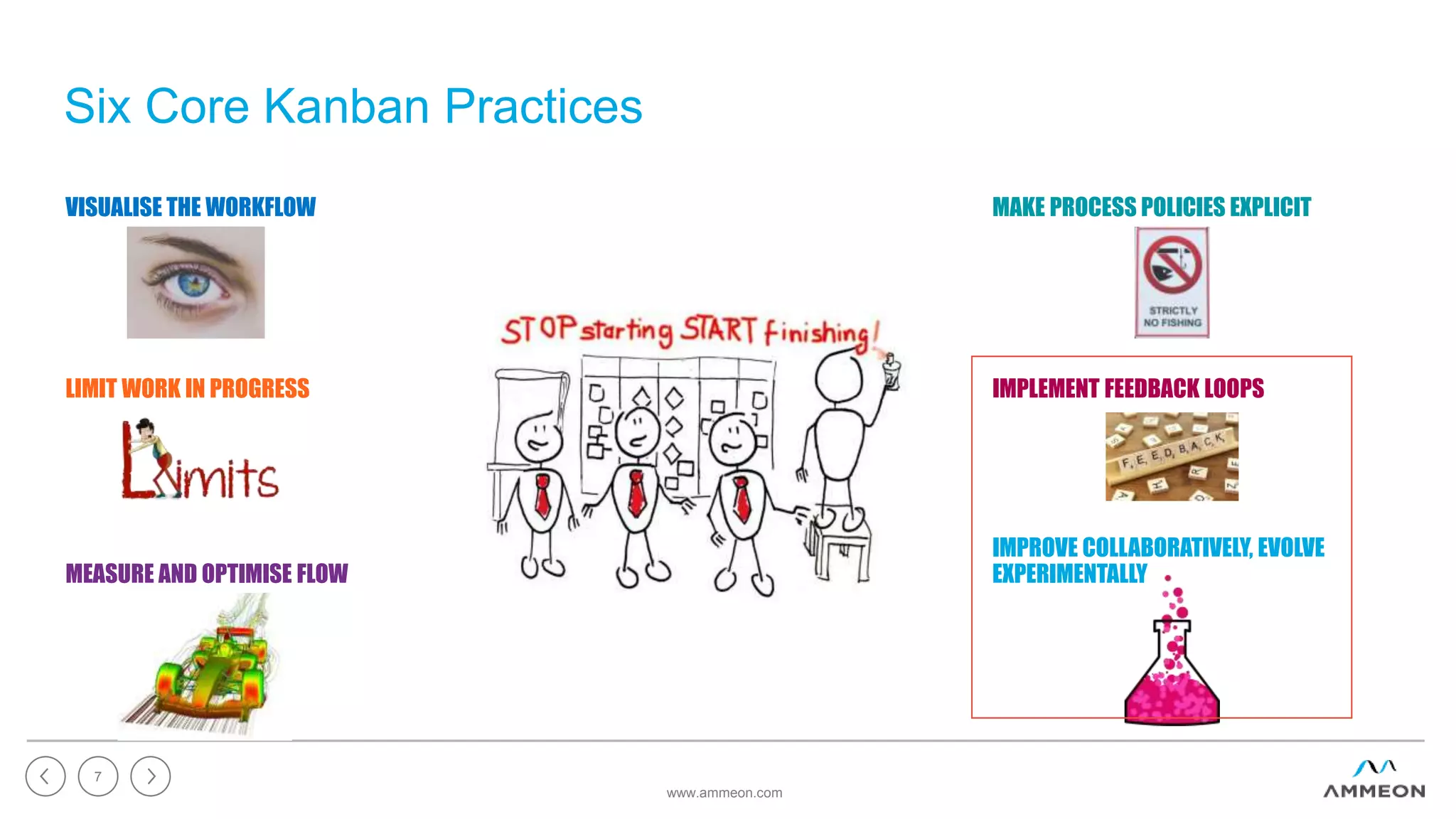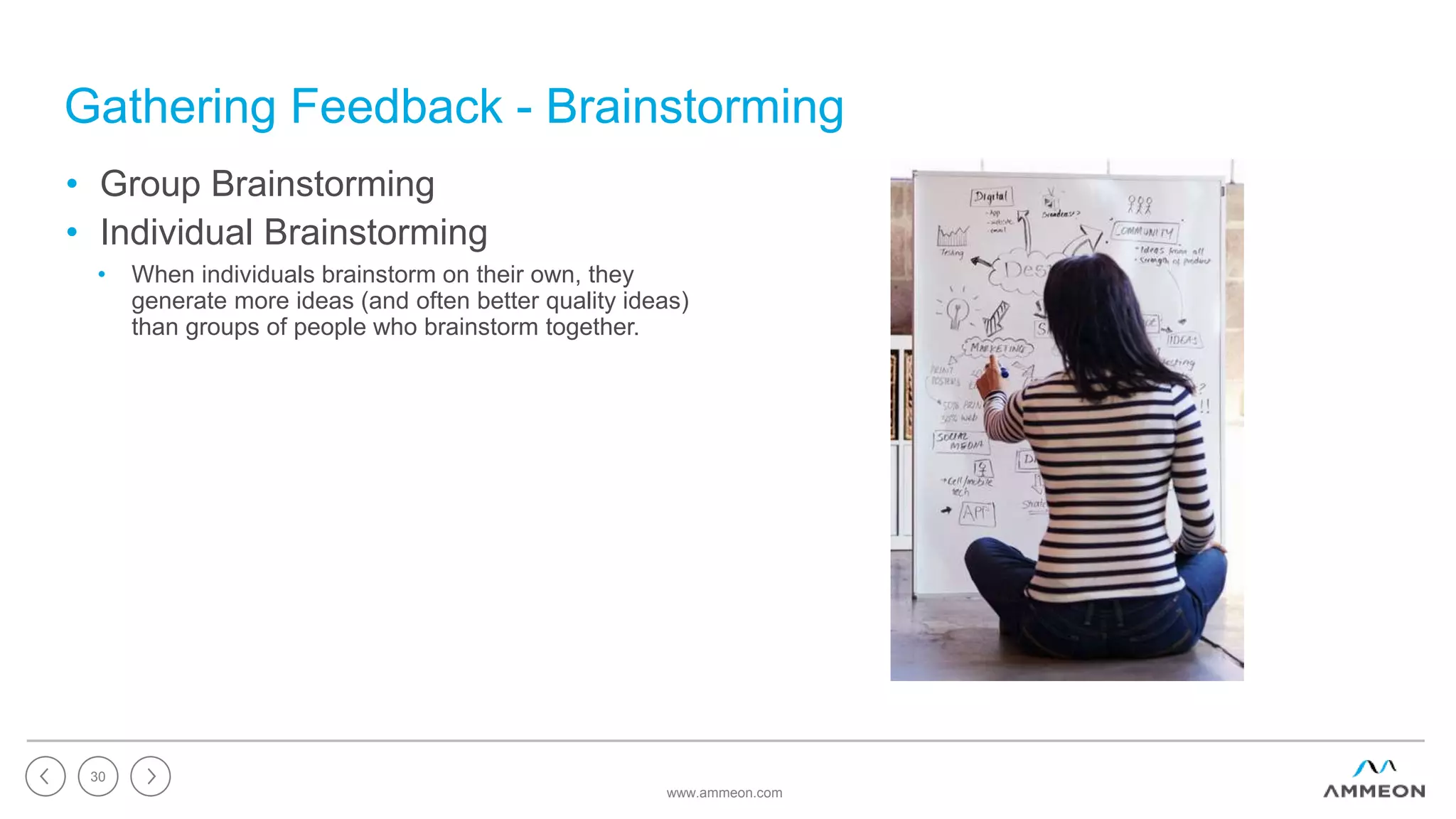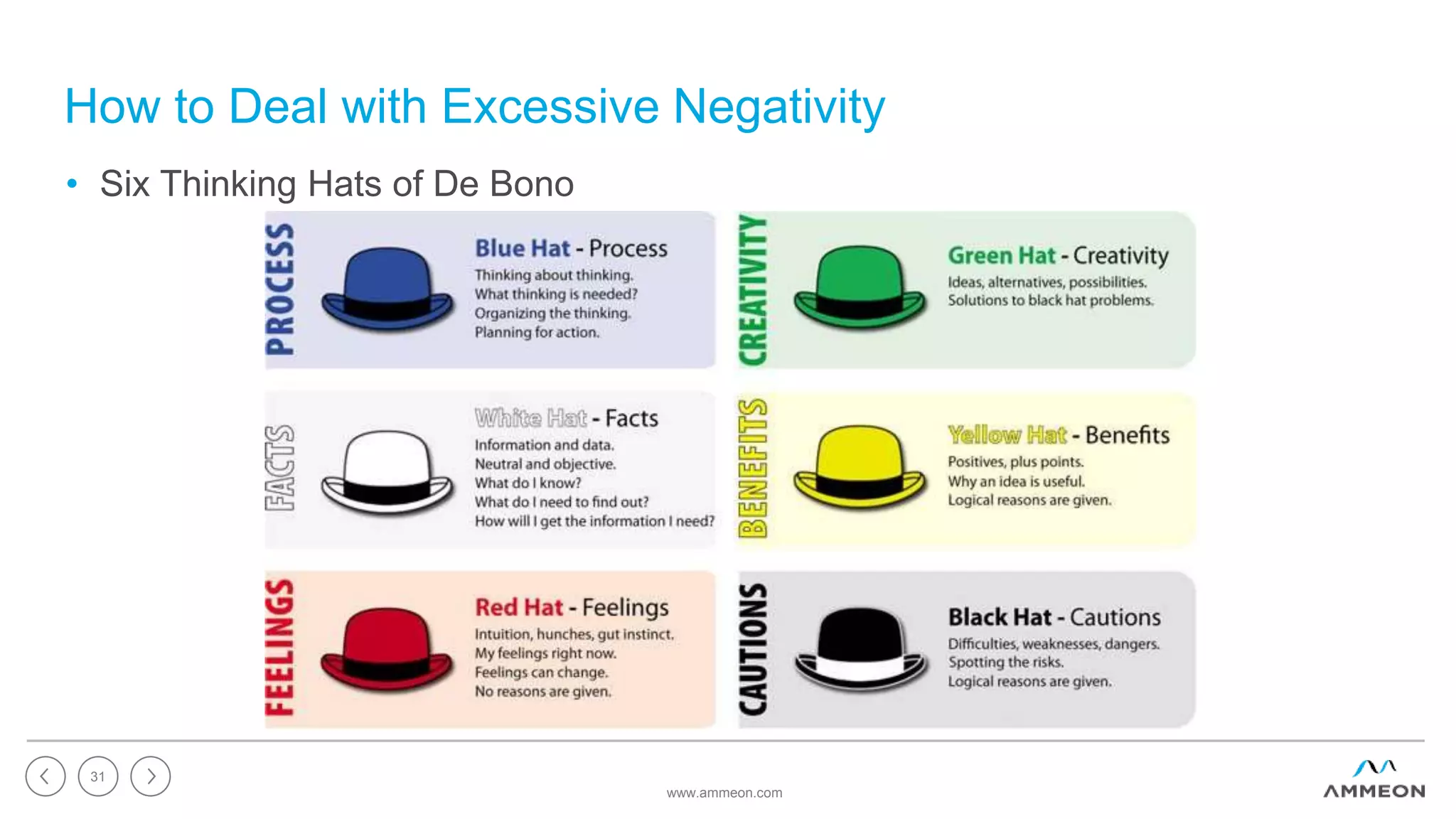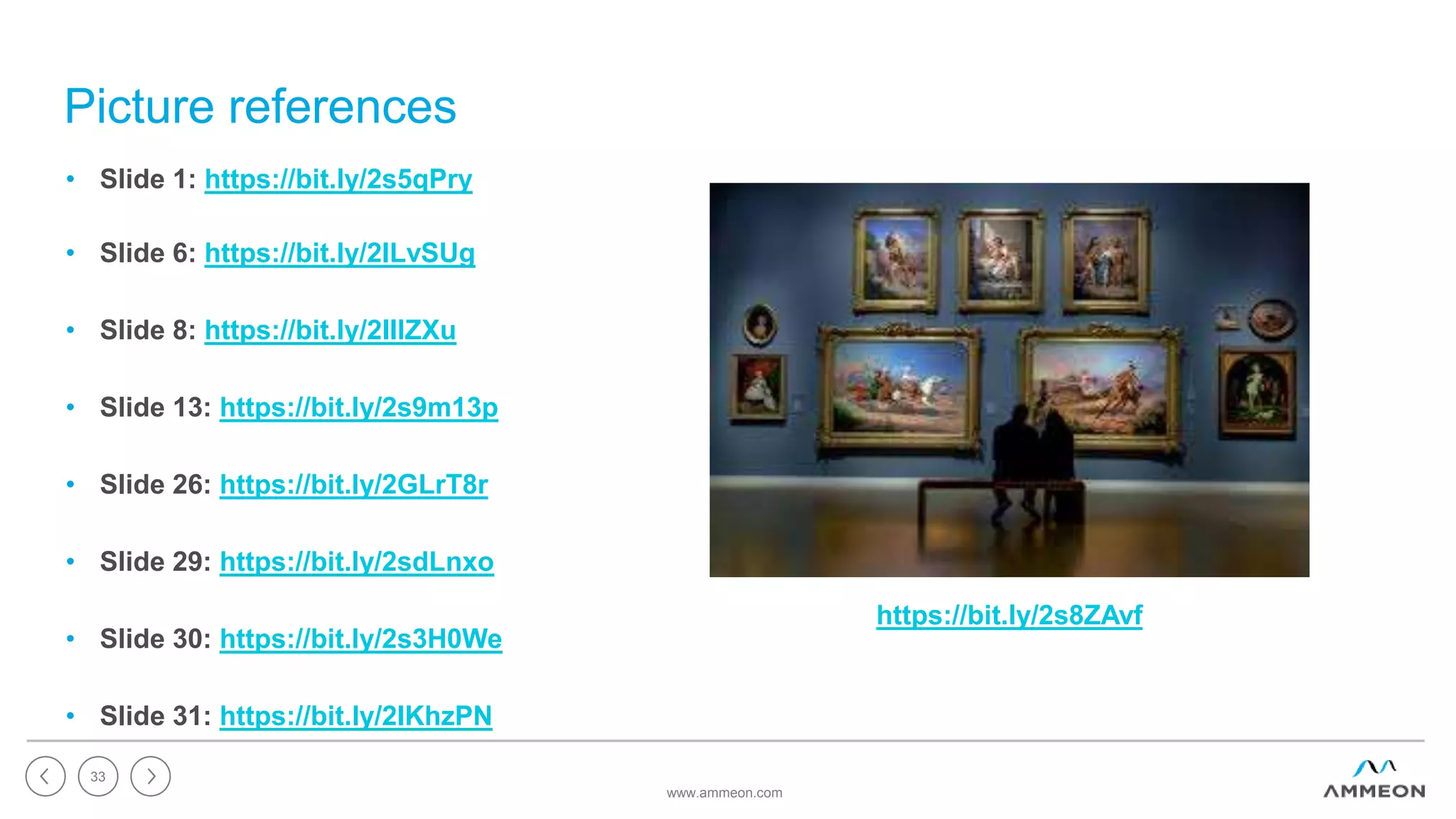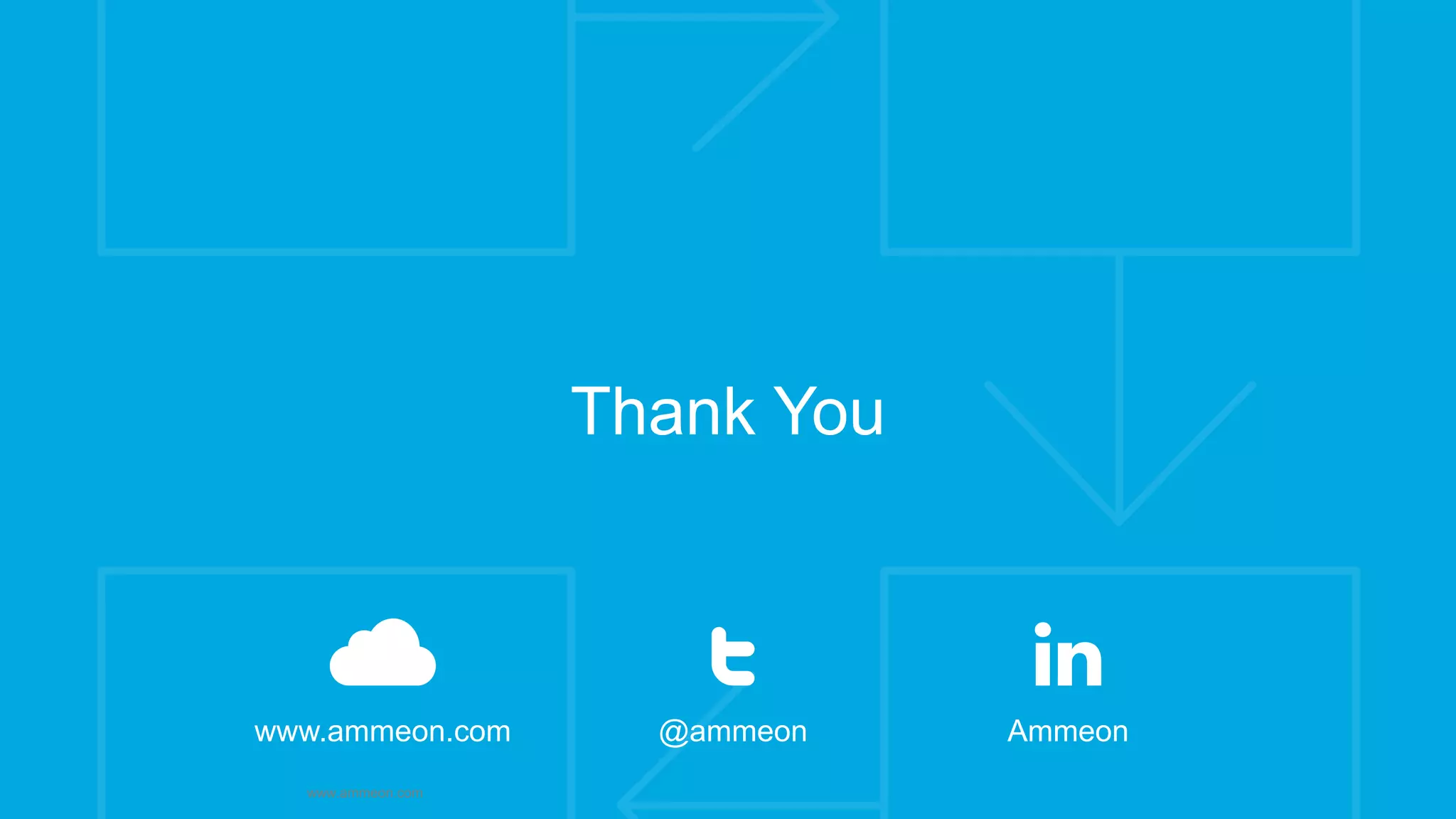This document outlines the significance and process of running retrospectives in agile methodologies, highlighting the goals of identifying improvements, enhancing teamwork, and fostering a culture of continuous improvement. It covers core principles of agile, the structure of scrum sprint retrospectives, and practical tips for facilitating effective sessions. The document emphasizes the importance of creating a safe environment for open communication and provides stages and methods to implement successful retrospectives.






